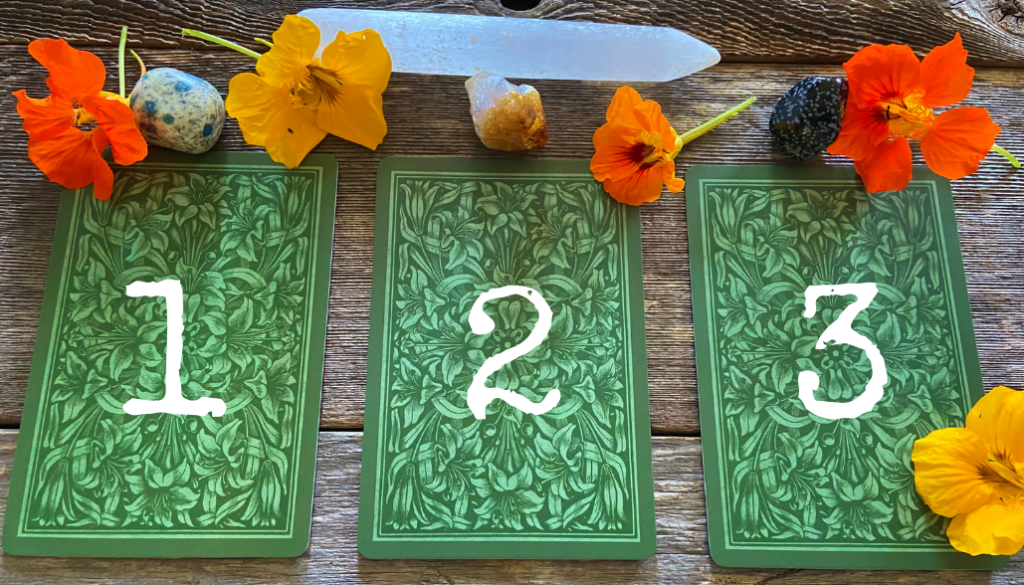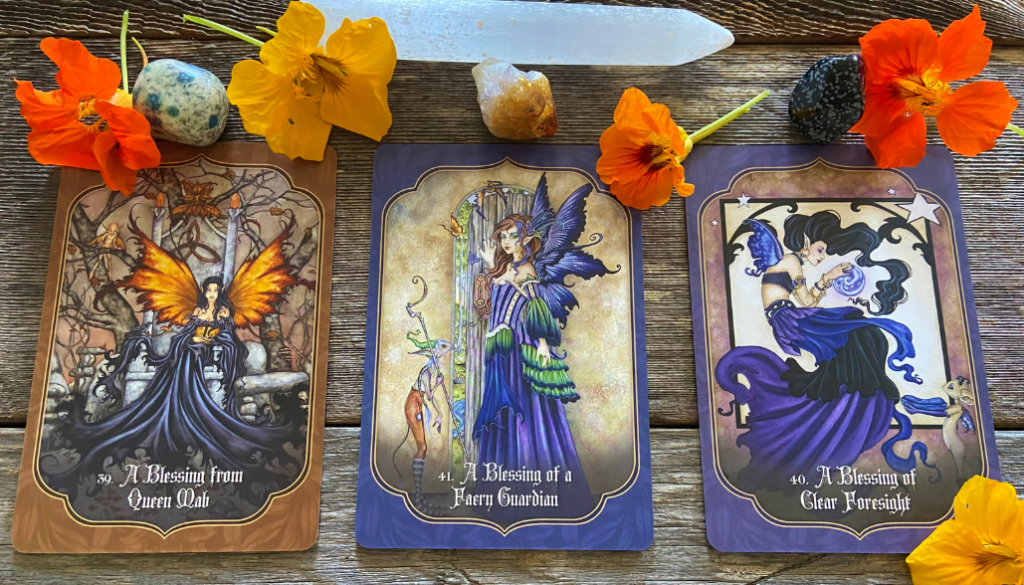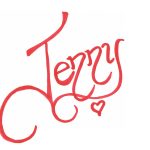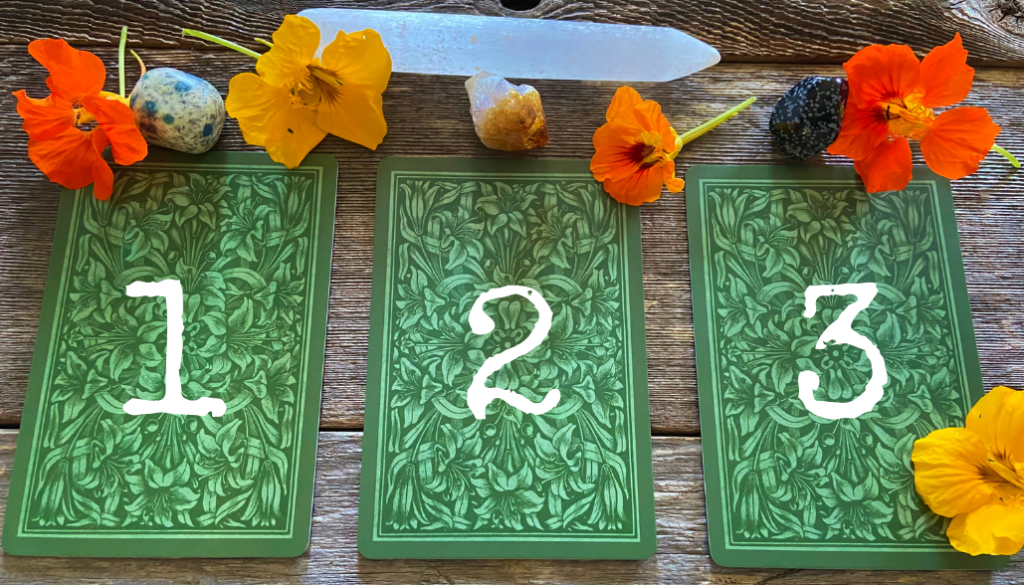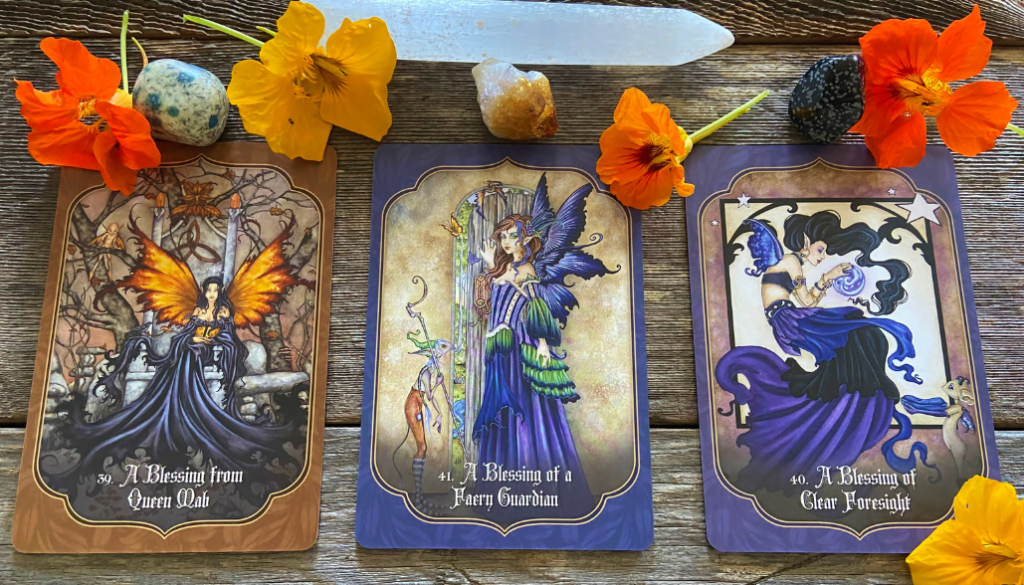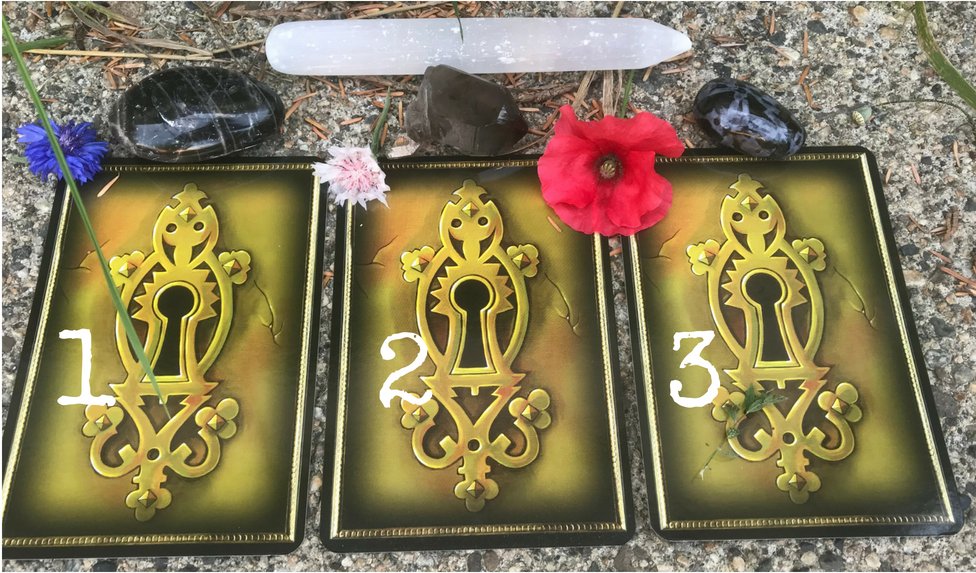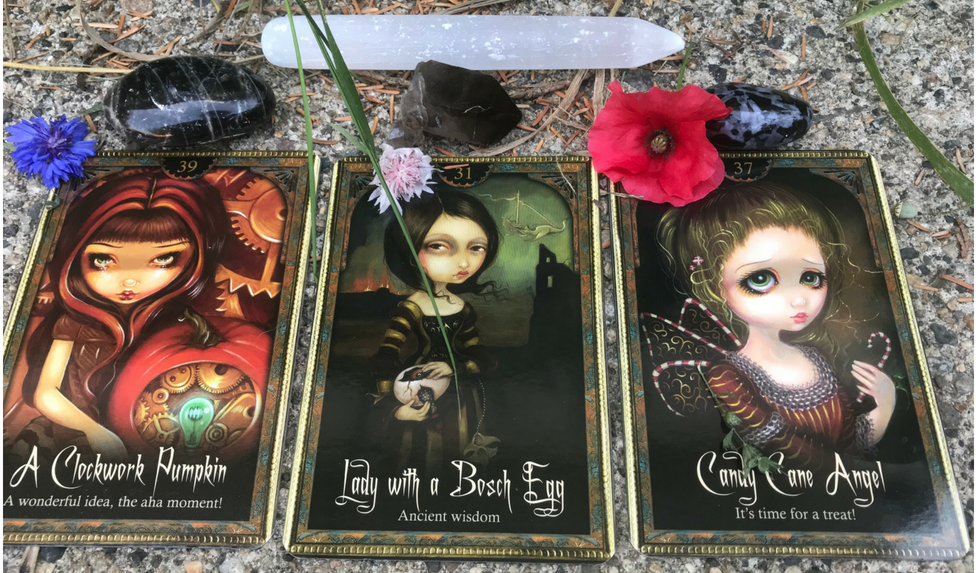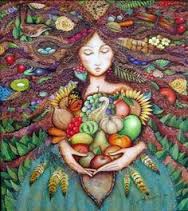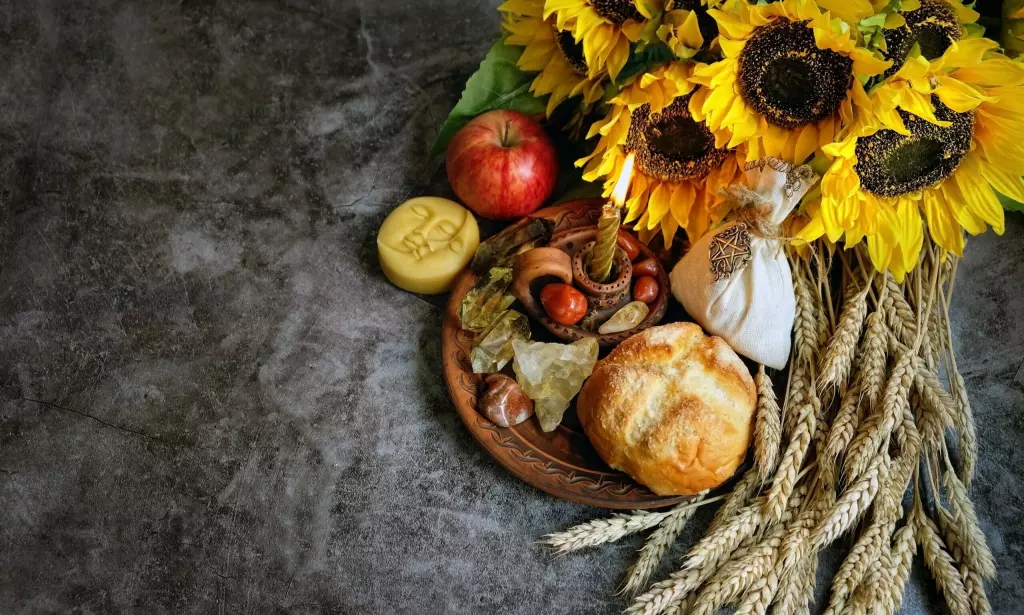
Happy Lammas! (No, not Llamas, there are no llamas here). Also known as Lughnasadh.
What is Lammas and what relevance does it have in my life you may be asking yourself. Firstly, I will say it is a celebration, and who doesn’t need a glorious reason to celebrate!? Secondly, let’s go explore what it is – so are you sitting comfortably? Have a nice cuppa tea to hand, or a cool glass of water? Then let us begin.
Once upon a time, a long, long time ago in the wonderful Gaelic mythological story of the Wheel of the Year, the Sun God (Lugh, Celtic God of Light and the son of the Sun) transfers his power into the grain, and is sacrificed when the grain is harvested. So we have a dying, self-sacrificing and resurrecting god of the harvest, who dies for his people so that they may live. Sound familiar?
The power of the sun goes into the grain as it ripens. It is then harvested and made into the first new bread of the season. This is the Saxon hlaef-masse or loaf-mass, now lammas. Seed grain is also saved for planting for next year’s crop, so the sun god may be seen to rise again in Spring with the new green shoots, as the sun also rises in the sky. There are many traditions and customs all over the country that are still carried out at harvest time today.
So Lammas is the first Harvest Festival of the year, it is a time of awareness that the strength of the Sun (Lugh) is beginning to wane and there is a shift and change afoot. Active growth is slowing down and the darker days of winter and reflection are gently and slowly raising their heads. It happens normally anywhere from July 31st – August 2nd, though some will tell you it can happen between August 1st and September 1st.
“ At Lammas the Goddess is in Her aspect as Grain Mother, Harvest Mother, Harvest Queen, Earth Mother, Ceres and Demeter. Demeter, as Corn Mother, represents the ripe corn of this year’s harvest and Her daughter Kore/Persephone represents the grain – the seed which drops back deep into the dark earth, hidden throughout the winter, and re-appears in the spring as new growth. This is the deep core meaning of Lammas and comes in different guises: it is about the fullness and fulfillment of the present harvest holding at its heart the seed of all future harvest. (It is a fact that a pregnant woman carrying her as yet unborn daughter is also already carrying the ovary containing all the eggs her daughter will ever release – she is already both mother, grandmother and beyond, embodying the great Motherline – pure magic and mystery.)”
So as the grain harvest is gathered in, there is food to feed the community through the winter and within that harvest is the seed of next year’s rebirth, regeneration and harvest. The Grain Mother is ripe and full, heavily pregnant she carries the seed of the new year’s Sun God within her. There is tension here. For the Sun God, the God of the Harvest, the Green Man, or John Barleycorn, surrenders his life with the cutting of the corn.
What are some of the symbols, plants and colours of Lammas you ask?
Green, Gold, Mint and Sunflowers! Mint is one of the revered plants of the Druids and Its magical properties are both protection and healing, and at this stage in the year, its properties of drawing abundance and prosperity, are most appropriate. Why sunflowers? Think about it, we often take sunflowers for granted, yet by this time of year their flower heads are full and heavy with that wonderful spiral of seeds and they spend the whole day gently turning their heads to gaze at the sun. In the Aztec temples of the sun, priestesses carried sunflowers and wore them as crowns. They symbolize the fertility of the Solar Logos.
I found a glorious little ritual for abundance to do on Lammas that you might want to try. (Courtesy of The Goddess and Green Man).
Lammas Charm For Gathering In Abundance
You will need:
A broom or besom. Don’t worry if it isn’t a traditional besom, any broom will do as it is always the intent that is important. If you have no broom, collect a bundle of twigs and tie them at the top with a Lammas ribbon to make a hand broom shape. The besom/broom is a potent symbol of hearth and home, found in some form in almost every household. It is a traditional magical tool useful for everyday charms as it has the imprint of its owner firmly on it. Sweeping is a natural gathering gesture.
Ribbon. A piece of green ribbon (for abundance), a piece of gold ribbon (for prosperity and gathering) or ribbon in Lammas harvest colours would be equally suitable.
A Sprig of Mint. Ideally a sprig of mint from your garden (but you can get this from any supermarket), or dried mint – put it in a pouch. The mint represents abundance and plenty and is easily accessible to the urban hedgewitch.
Take your broom and tie your ribbon around the stave or top. Tie in your sprig of mint or securely fasten your pouch. Take your broom outside, place both hands on the stave and focus on your intention – gathering in your harvest for winter. Turn slowly three times in a clockwise direction then start to sweep towards your door saying:
“By one, two, three and four, sweep Lammas gifts to my door. May abundance be a constant friend, by my hearth till Winter’s end.”
Repeat this three times, then take your besom/broom back into your house and put it in its usual place. You can leave the ribbon on for as long as you want to, for a lunar month, or until winter is done. If you have made your own broom you can place it where you consider the heart of your home to be. The mint can be returned to the earth with thanks.
If you do not have an outside space you can sweep from your front door inwards to either your kitchen or hearth using the same charm.
So now you know what Lammas means, why it is celebrated and have a fun and easy ritual to perform to honour it, and bring in abundance. So go grab your broom and start sweeping!
